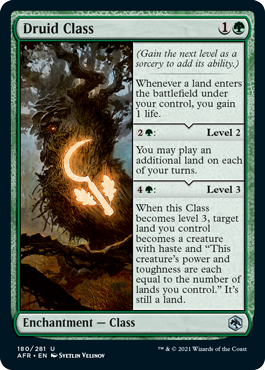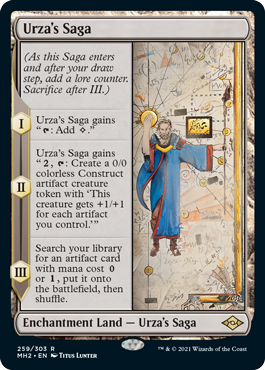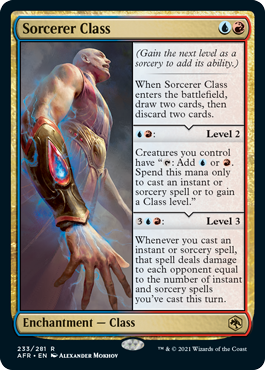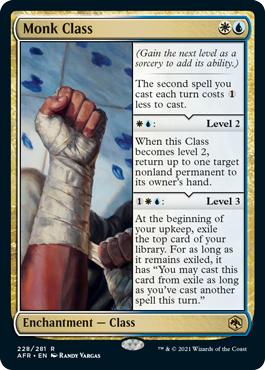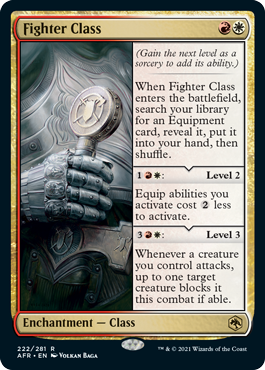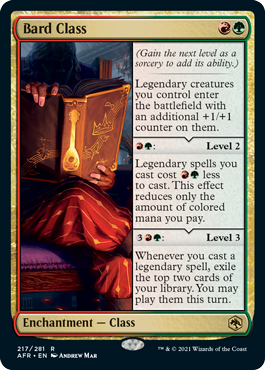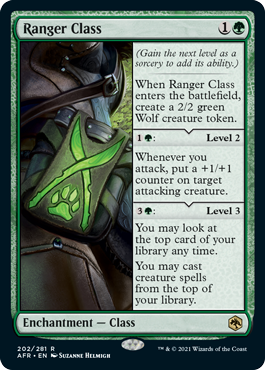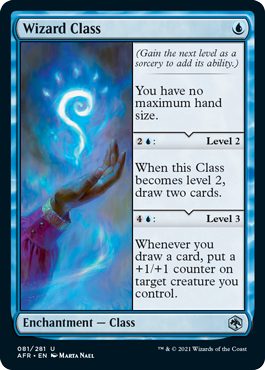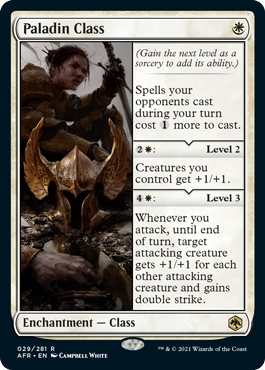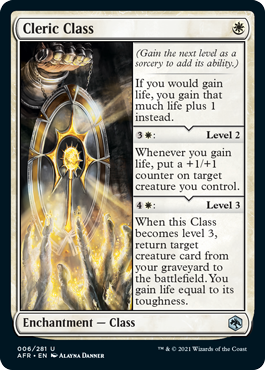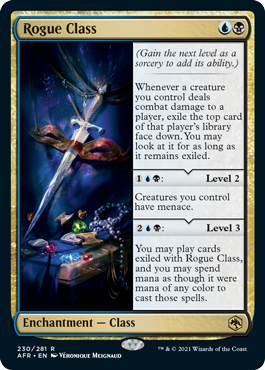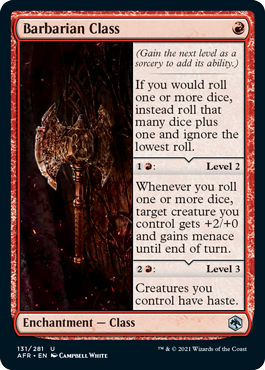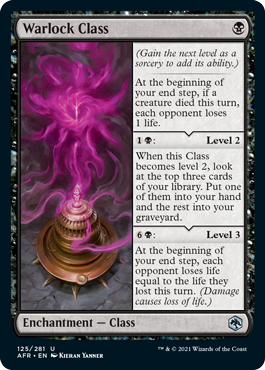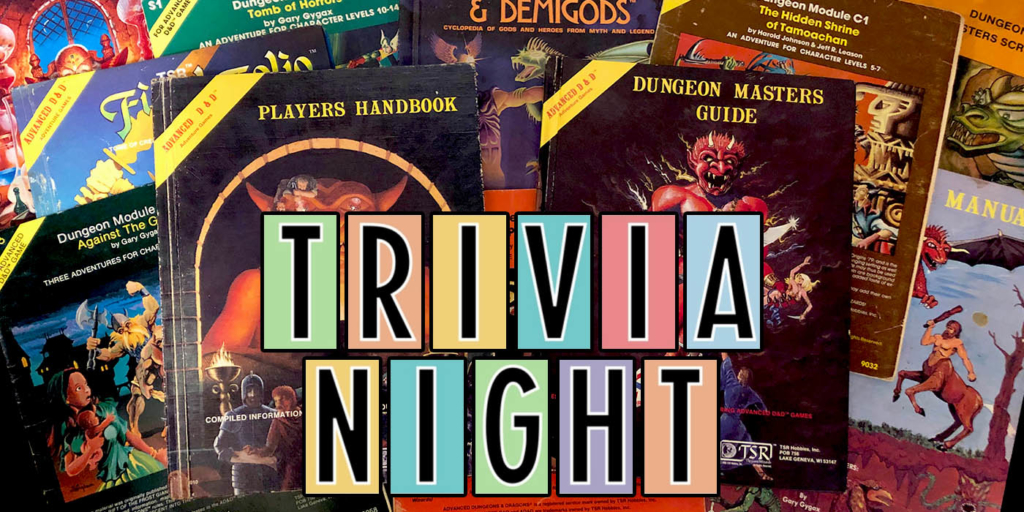MTG: Adventures In The Forgotten Realms – Class Act
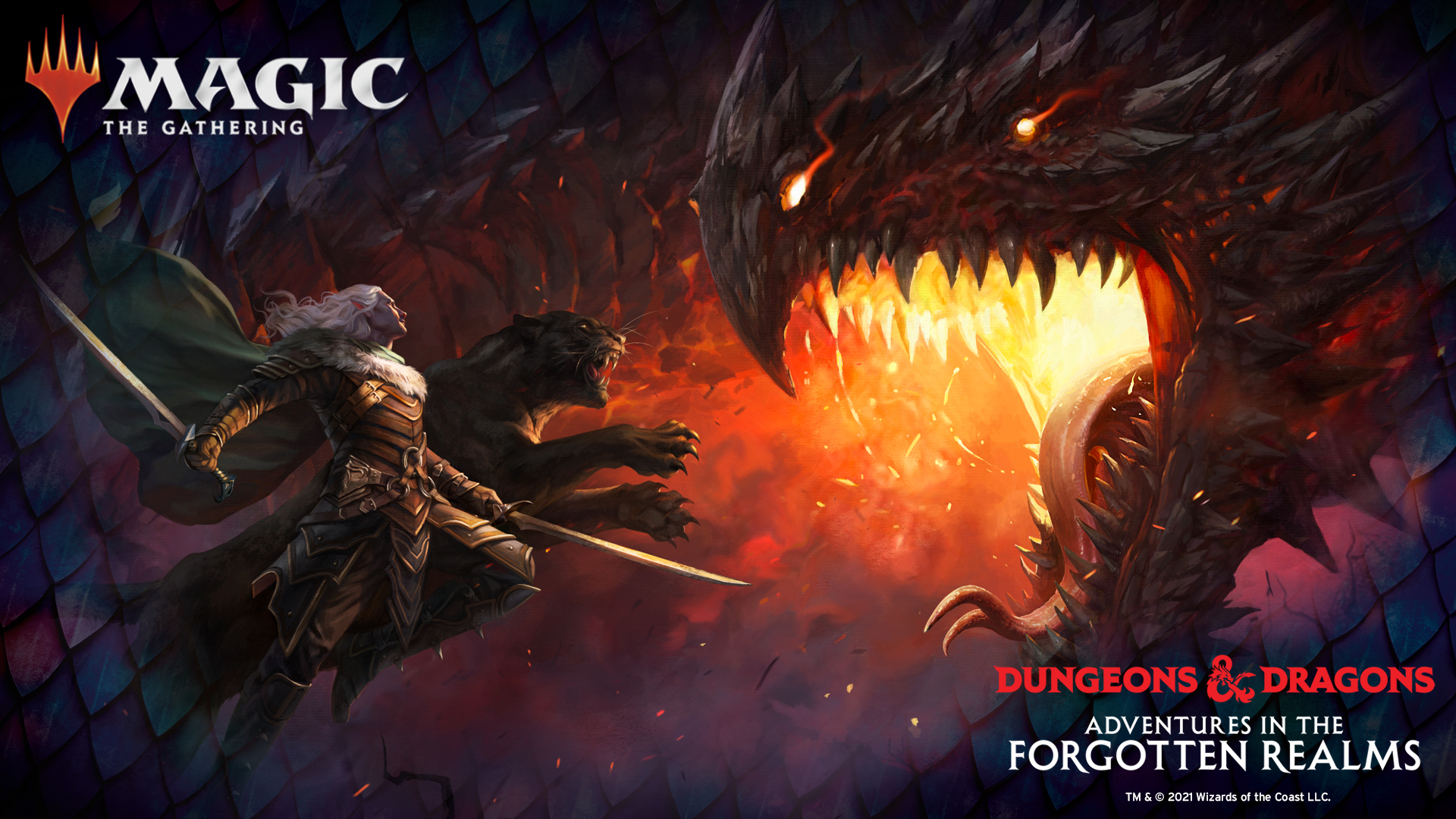
Take a look at how Adventures in the Forgotten Realms brings D&D’s character classes into Magic: the Gathering — and how you’ll level up.
One of the most iconic parts of Dungeons & Dragons is creating your character, picking a class, and leveling up. Adventures in the Forgotten Realms, the new set for Magic: the Gathering, captures that feeling and condenses it into Magic Card format. How, you might ask? Wizardry, specifically of the coastal variety. Actually, it’s a lot like Sagas. Let’s take a look at the PC Classes of AFR.
As you can see there’s some similarities with Sagas–much like their epic-style counterparts, there are three elements to a class card that change in phases.
Although unlike the Saga cards, you get to decide when the card levels up–or rather your ability to draw lands decides. Each of the classes does its best to distill down the aspects of its D&D forebear into a Magic Card that captures its essence. As you can see with Druids, that mostly meas messing with lands, either playing extra lands (which is pretty great) or turning those lands into creatures as most druids do once they get access to Awaken.
Sorcerers, on the other hand, are all about having access to lots of spells–and as a blue/red card that’s all about casting blue/red spells you are going to burn your opponent down quickly.
Monks, on the other hand, take an interesting tack–they’re way more about tempo and support casting, but you can see stunning fist and fury of blows in the card’s mechanics.
Fighters are red and white, and are very much about their gear, as they can take equipment and always have their trusty sword/armor/winged cloak is on hand, and you can dictate who has to fight you.
Bards are powerful support casters, who provide bardic inspiration to their epic allies, who excel at casting legendary spells, and who are full of ancient lore.
Rangers might have some problems in D&D, but in Magic: the Gathering, the Ranger class is awesome and will reward everyone for attacking as much as possible as well as effectively increasing your hand size by one. And that’s before enabling top deck exile shenanigans.
Wizards, on the other hand, remove hand size altogether, so you can finally achieve a blue deck’s dream of drawing almost your entire deck and then also casting it.
Paladins are probably my favorite adaptation. They feel like an embodiment of a few different kind of Paladin Oaths, buffing allies, terrorizing enemies, and granting double strike on top of everything else.
Clerics are all about healing and returning things back to life–and making sure that your allies kill everything by getting powered up.
Rogues skulk around the battlefield and will exile your enemies cards, effectively stealing them for you once you hit Level 3.
Barbarians hit hard and often, and their card is as straightforward as the class.
Finally, Warlocks are all about their eldritch power which is apparently lifedrain. Seems appropriate.
Happy adventuring!

